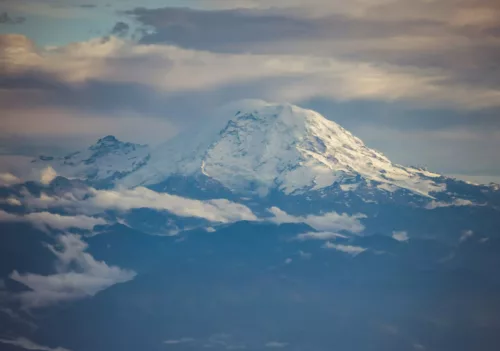
The Rainier volcanic hazards detection system has been growing
Over the past few years, the Rainier Lahar Detection System has been upgraded with 25 new stations to better detect volcanic hazards on the mountain.
Here in the News & Features section, you can find important announcements or learn more about our work and the science we support.
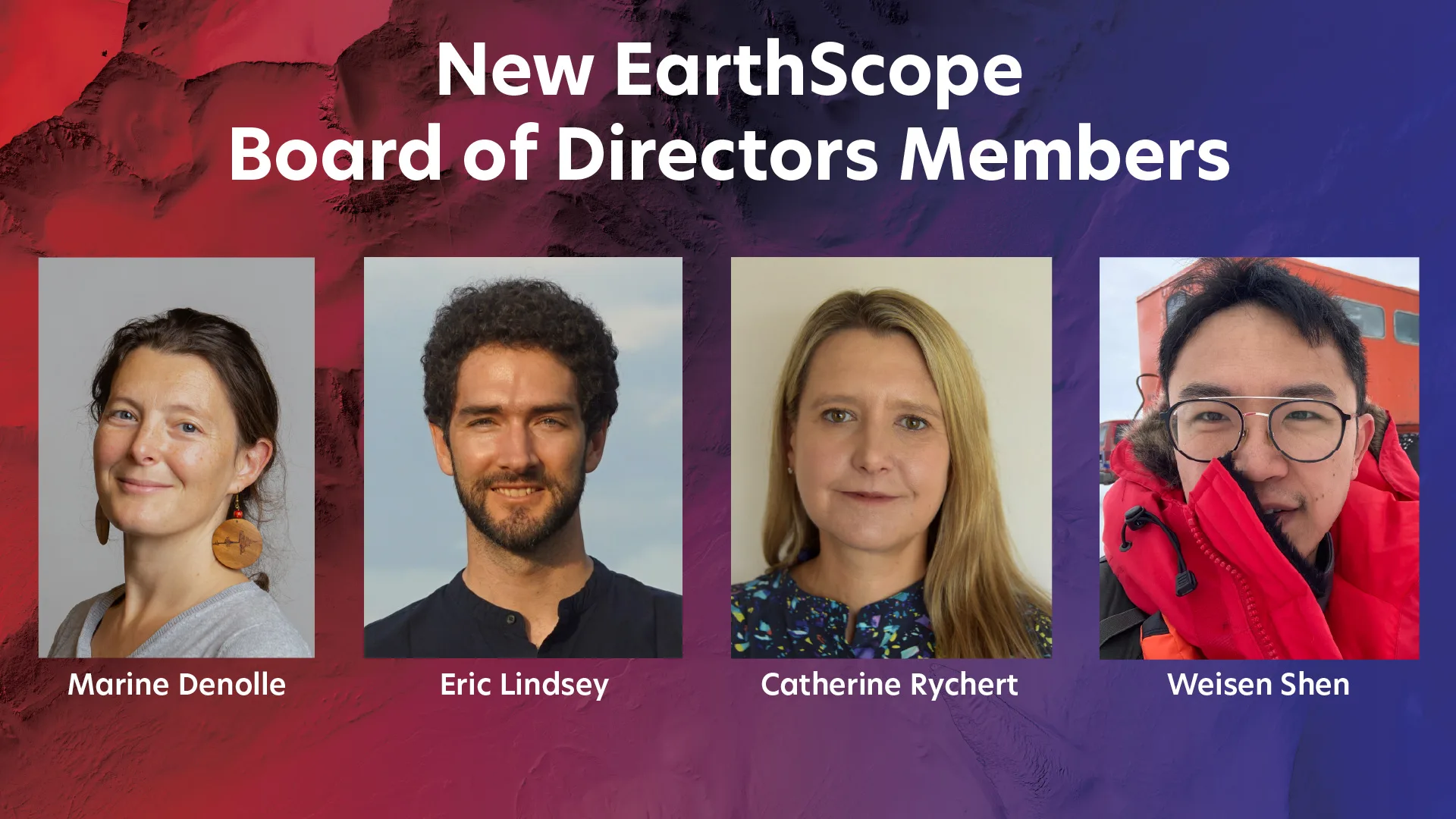

Over the past few years, the Rainier Lahar Detection System has been upgraded with 25 new stations to better detect volcanic hazards on the mountain.
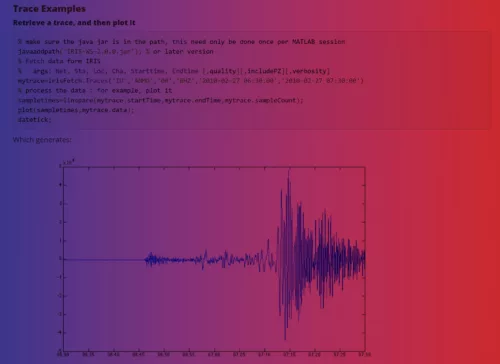
We regret to inform you that the irisFetch Matlab-based client is not compatible with recently released Matlab versions 2023a and onward.
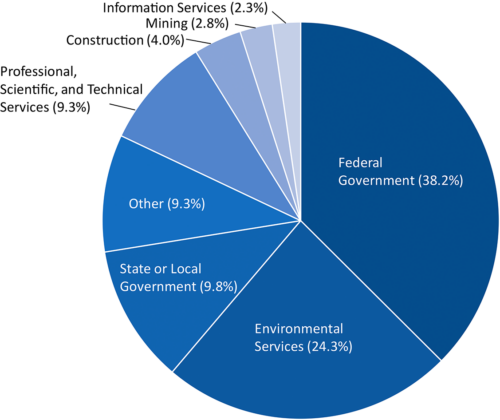
Geoscience as a degree pathway and career trajectory is becoming more popular as opportunities expand. Despite the successful examples of growth in the field, there are still barriers to overcome.
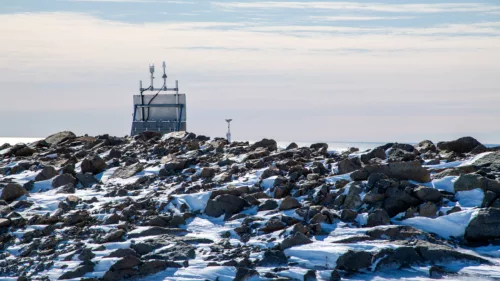
A new study uses the latest maps of the structure beneath Antarctica to see how important realistic crust and mantle information is to sea level rise. The answer? It’s pretty important.
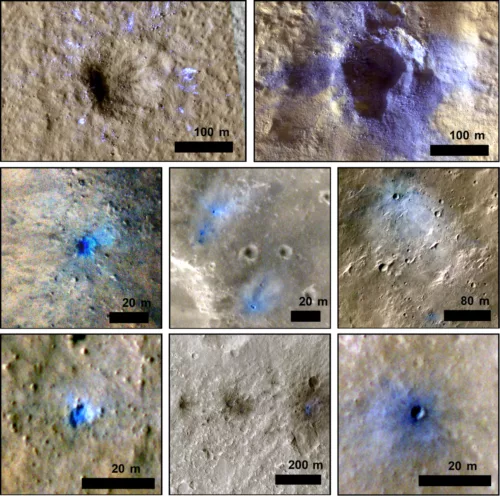
InSight has advanced our understanding of the Martian interior by using seismic techniques typically applied on Earth. One instrument, the Seismic Experiment for Interior Structure (SEIS) returned data that shows marsquakes from recent impacts of space debris on the surface. Compared to the orbitally-imaged catalog of craters, the seismically-detected events don’t seem to entirely match.
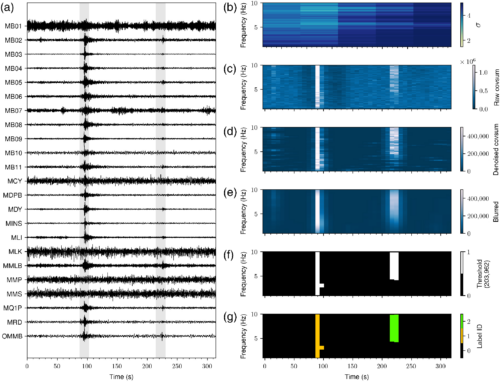
Researchers in a new paper utilized a seismic array around Mammoth Mountain to test out a new automated detection workflow to see if they could reliably identify the precursors to volcanic activity.
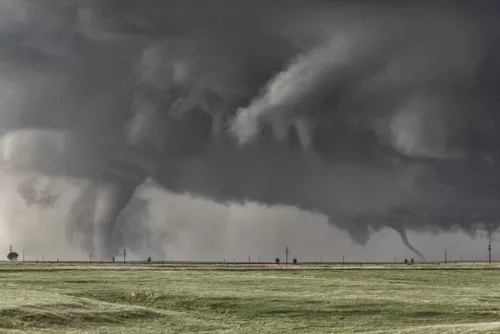
The threat of destruction and injury the tornado chasers show viewers in the 2024 movie “Twisters” is real, so what can be done currently to warn against tornadoes, and how do we detect and track them using geophysics?

Natural hazards can leave many species in unprecedented conditions in an extremely short amount of time. A new study looks at natural hazards occurring where at-risk species live in order to help guide conservation efforts for ensuring their survival.
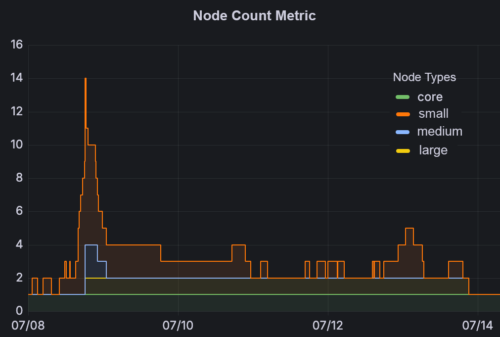
The July 8-12 Massive Parallel Analysis System for Seismologists (MsPASS) short course was the first to run in our GeoLab JupyterHub environment, showcasing one of the benefits of the new cloud-based platform we are building.